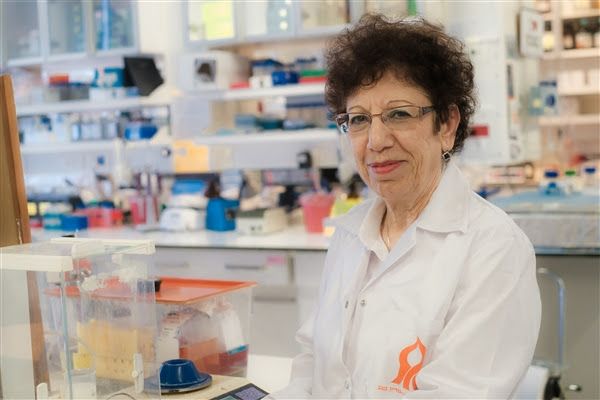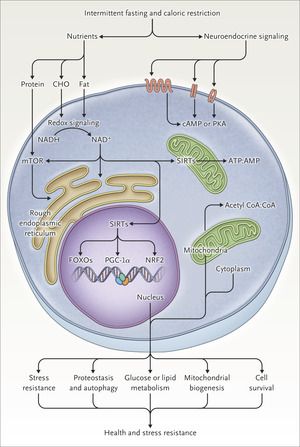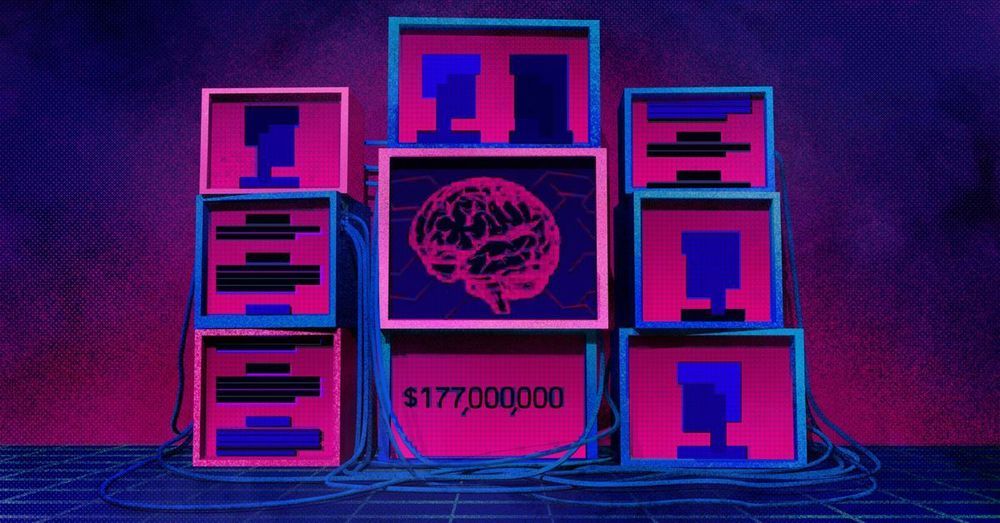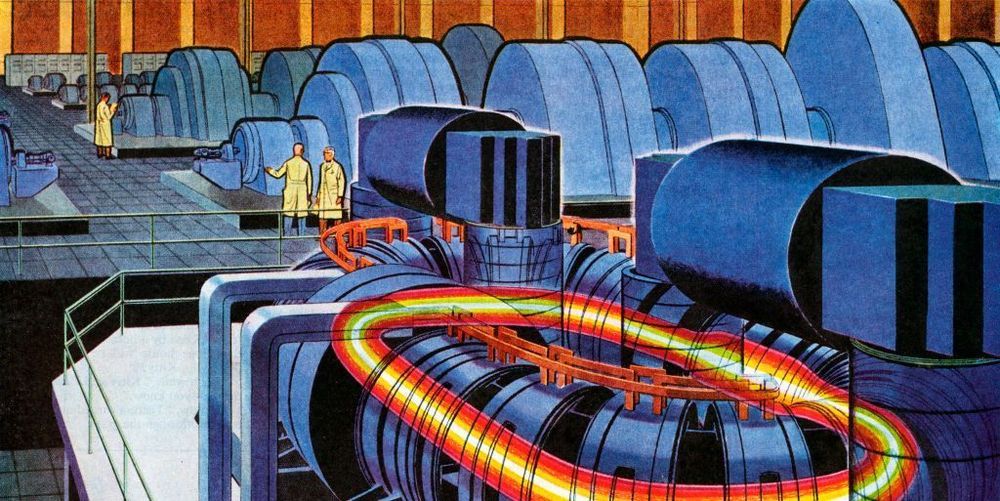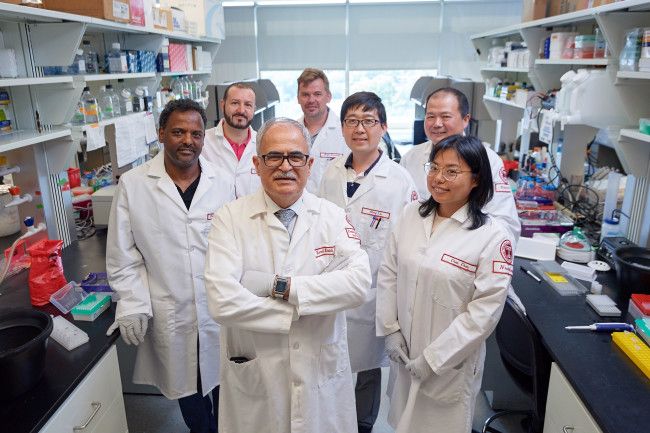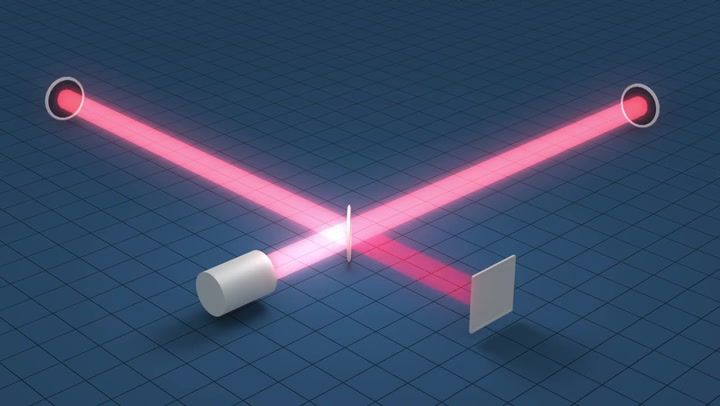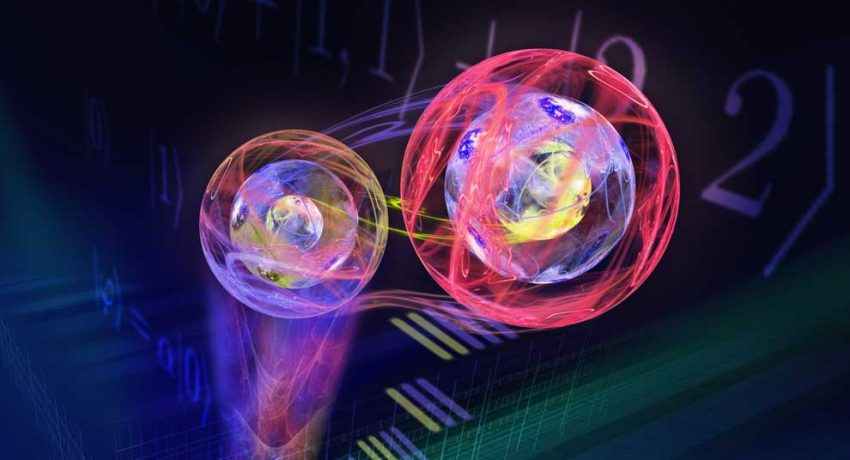
For the first time, researchers and scientists from the University of Bristol, in collaboration with the Technical University of Denmark (DTU), have achieved quantum teleportation between two computer chips. The team successfully developed chip-scale devices that are able to harness the applications of quantum physics by generating and manipulating single particles of light within programmable nano-scale circuits.
Unlike regular or science fiction teleportation which transfer particles from one place to another, with quantum teleportation, nothing physical is being transported. Rather, the information necessary to prepare a target system in the same quantum state as the source system is transmitted from one location to another, with the help of classical communication and previously shared quantum entanglement between the sending and receiving location.
In a feat that opens the door for quantum computers and quantum internet, the team managed to send information from one chip to another instantly without them being physically or electronically connected. Their work, published in the journal Nature Physics, contains a range of other quantum demonstrations. This chip-to-chip quantum teleportation was made possible by a phenomenon called quantum entanglement. The entanglement happens between two photons (two light particles) with the interaction taking place for a brief moment and the two photons sharing physical states. Quantum entanglement phenomenon is so strange that physicist Albert Einstein famously described it as ‘spooky action at a distance’.
